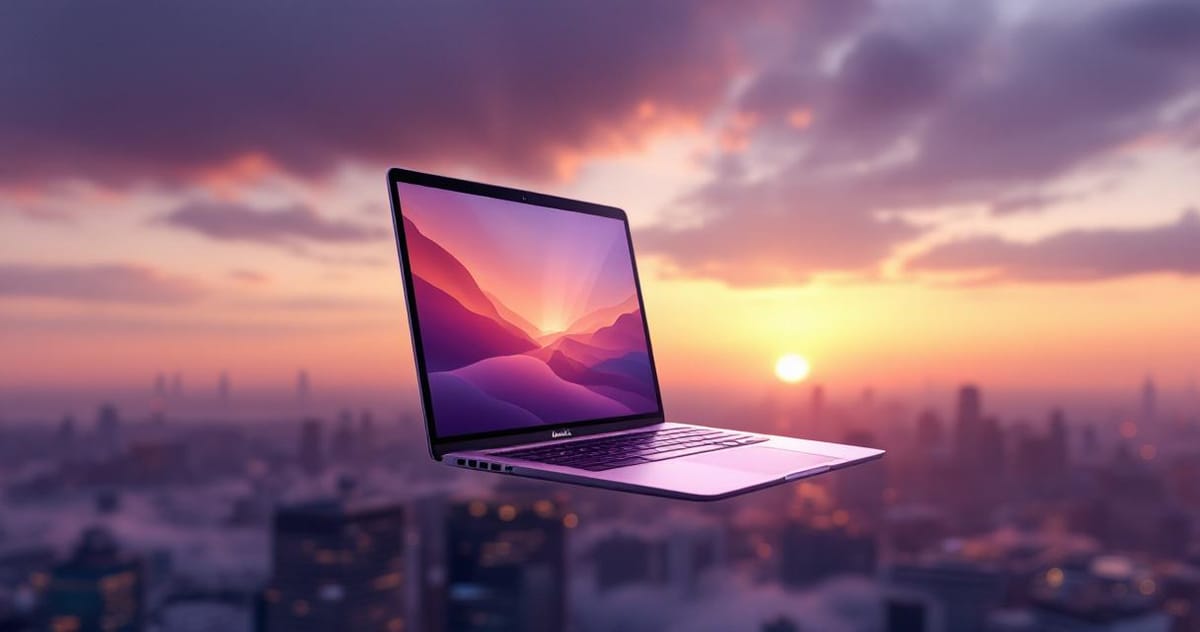The Last Intel MacBook Air: Why Apple's Most Popular Laptop Became the Forgotten Child of the M-Series Revolution
As Apple prepares to pull the plug on macOS support for its final Intel-powered machines, one device stands out as the unlikely casualty of the silicon transition: the MacBook Air. Once the crown jewel of Apple's laptop lineup, the Intel MacBook Air has become the most neglected product in Apple's modern history, receiving just one minor update in its final four years while its M-series siblings revolutionized portable computing.
The Golden Years: When the Air Ruled Supreme
The MacBook Air defined an entire category when Steve Jobs pulled it from a manila envelope in 2008. For over a decade, it remained Apple's most popular laptop, beloved by students, professionals, and casual users alike. The 2018-2020 Intel models, with their improved keyboards and Retina displays, seemed poised to continue this legacy.
Sales data from that era tells the story: the MacBook Air consistently accounted for nearly 60% of Apple's laptop sales, with millions of units shipped quarterly. It was the gateway drug to the Apple ecosystem, offering premium build quality at a (relatively) accessible price point.
The M1 Bombshell: A Revolution That Left Intel Behind
Everything changed in November 2020. The M1 MacBook Air didn't just improve on its predecessor—it obliterated it. Battery life doubled from 10 to 20 hours. Performance increased by 3.5x. The fan disappeared entirely, creating a completely silent machine that never throttled.
The numbers were staggering:
- CPU performance: 3.5x faster
- GPU performance: 5x faster
- Machine learning: 9x faster
- Battery life: 2x longer
- Price: Exactly the same $999 starting point
The Abandoned Child: Intel Air's Slow Fade
While the M1 Air soared, the Intel version entered a strange twilight. Apple kept it on sale for enterprise and education customers who needed x86 compatibility, but updates ceased entirely. The last Intel MacBook Air rolled off the assembly line in late 2020, yet Apple continued selling existing stock until 2022.
This created a bizarre situation in Apple Stores: two MacBook Airs sat side by side, identical in appearance but vastly different in capability. The Intel model, once the star, became the option sales associates actively steered customers away from.
By the Numbers: The Steep Decline
Market analysis reveals the dramatic shift:
- Q4 2020: Intel MacBook Air: 45% of Apple laptop sales
- Q1 2021: Intel MacBook Air: 18% of Apple laptop sales
- Q4 2021: Intel MacBook Air: 3% of Apple laptop sales
- 2022: Discontinued
The secondary market tells an equally stark story. Intel MacBook Airs that sold for $1,299 new now struggle to fetch $400 on resale sites, while M1 models from the same era retain 70% of their value.
The Legacy Question: What Happens to Millions of Intel Airs?
With macOS support ending in 2027, millions of Intel MacBook Airs face an uncertain future. Unlike Intel Mac Pros or iMacs that found second lives in specialized workflows, the Intel Air has no unique advantages. It's simply an inferior version of its M-series successor in every measurable way.
Environmental advocates worry about the e-waste implications. Apple's trade-in values for Intel Airs have plummeted to $200 or less, making repair more expensive than replacement. This contradicts Apple's environmental messaging and creates a sustainability challenge.
Looking Forward: Lessons from the Transition
The Intel MacBook Air's fate offers crucial lessons about platform transitions. When paradigm shifts occur—whether from PowerPC to Intel or Intel to Apple Silicon—some products inevitably become casualties. The MacBook Air's story is particularly poignant because it went from hero to zero not through any fault of its own, but simply by existing on the wrong side of a technological revolution.
As Apple prepares for its next transitions—perhaps to RISC-V or quantum architectures—the Intel MacBook Air serves as a reminder: in technology, today's revolutionary product can become tomorrow's obsolete relic with shocking speed.
